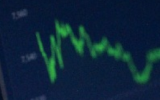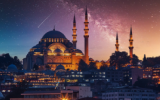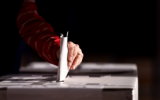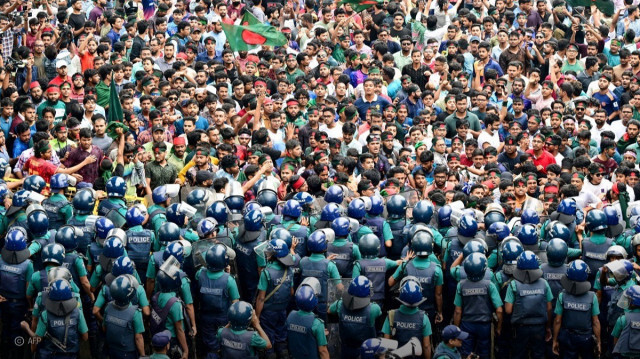
Protesters demand a merit-based system for government jobs to replace the current corrupted quota allocations.
Thousands of students across Bangladesh have taken to the streets, protesting against Prime Minister Sheikh Hasina and her government's decision to reinstate a controversial 30% job quota for descendants of veterans from the 1971 independence war. What began as a protest over job quotas has rapidly transformed into a broader movement against perceived government injustice and authoritarianism.
The demonstrations began last month after the High Court reinstated the quota system, overturning a 2018 decision by Hasina's government to abolish it. This quota system reserved 30% of government jobs for families of freedom fighters. The Supreme Court has since suspended the High Court order and scheduled a hearing for August 7.
Despite the Supreme Court's intervention, the protests escalated following Prime Minister Hasina's derogatory remarks, labeling the protesters as "Razakar," an offensive term for collaborators with Pakistan during the independence war. This insult galvanized students from various districts, schools, colleges, and universities, who then called for nationwide marches and rallies.
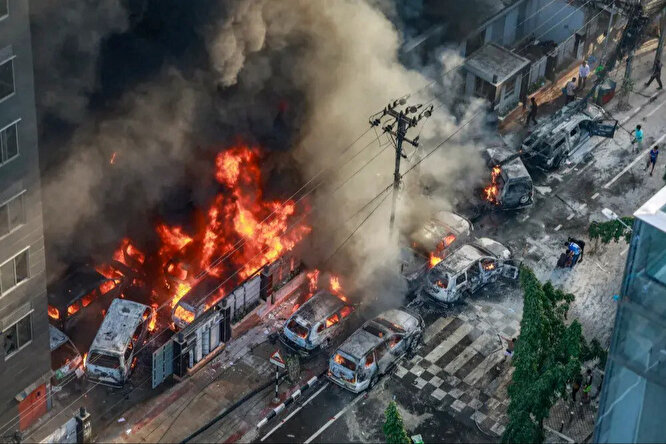
In an attempt to suppress the protests, the government employed severe measures. The ruling party's student wing, the Bangladesh Chhatra League (BCL), was deployed to clash violently with the demonstrators. BCL members, known for their loyalty to the ruling Awami League party, brutally beat and injured many protesters, leaving numerous students bloodied and severely hurt. The lack of government assistance or protection for the students only intensified public outrage.
As the situation deteriorated, students who had not initially joined the protests began to participate, driven by the government's blatant negligence and violent response towards the protesters. Historically, similar protests had failed as the government repeatedly used the BCL to silence dissent. However, this time, the movement gained momentum as students from various schools, universities, and educational institutions across the country united in protest.
The situation worsened when police forces intervened, using tear gas and live ammunition against the students. This unexpected brutality resulted in numerous casualties. While police reports mention multiple deaths, student groups claim that over 56 students, mostly aged between 17-25, were killed in a single day of clashes.
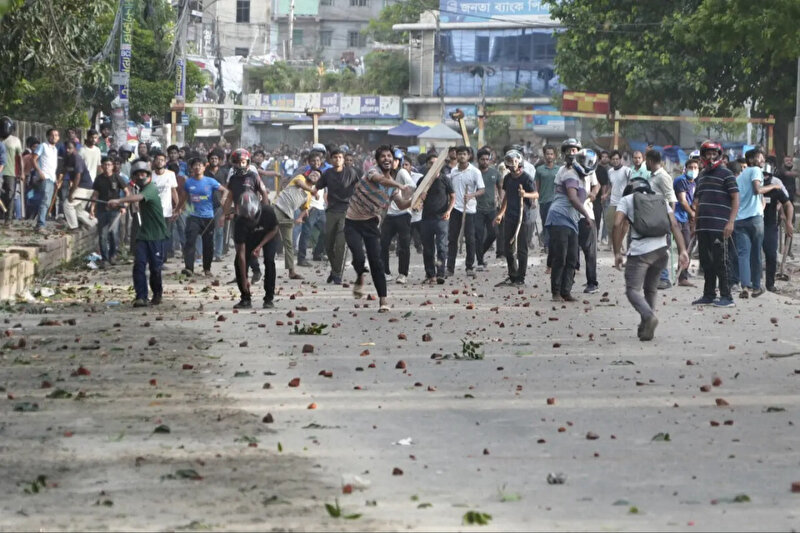
In an attempt to control the situation, the government has cut off media coverage and blocked social media platforms like Facebook. Despite these efforts, the protests have continued to grow. The regime has also shut down cellular networks, the internet, and fixed landlines, plunging Bangladesh into a total communication blackout.
The quota system reserves 56% of government jobs, with 30% allocated to freedom fighters’ families, 10% to women, 10% to underdeveloped districts, 5% to indigenous communities, and 1% to the disabled. This reduces the number of merit-based government jobs, angering students facing high unemployment rates. Protesters argue that the quota for freedom fighters’ families disproportionately benefits Awami League supporters. With nearly 32 million young people in Bangladesh neither employed nor in education, public sector jobs are highly sought after for their stability and benefits.
The protests have evolved into a symbol of resistance against what many see as a repressive and dictatorial regime. The initial call for the restoration of merit-based job distribution has transformed into widespread demands for systemic change, highlighting the deep-seated frustrations of a generation facing unemployment, corruption, and government indifference. The government's heavy-handed approach has only served to unite the protesters further, creating a powerful and resilient opposition movement. The situation remains volatile, with ongoing clashes between protesters and government forces. As the protest movement continues to expand, it underscores the urgent need for dialogue and reform in addressing the grievances of Bangladesh's youth.
*Written by Atkia Marzan Shakira
Hello, the comments you share on our site are a valuable resource for other users. Please respect other users and different opinions. Do not use rude, offensive, derogatory, or discriminatory language.
The floor is all yours.




